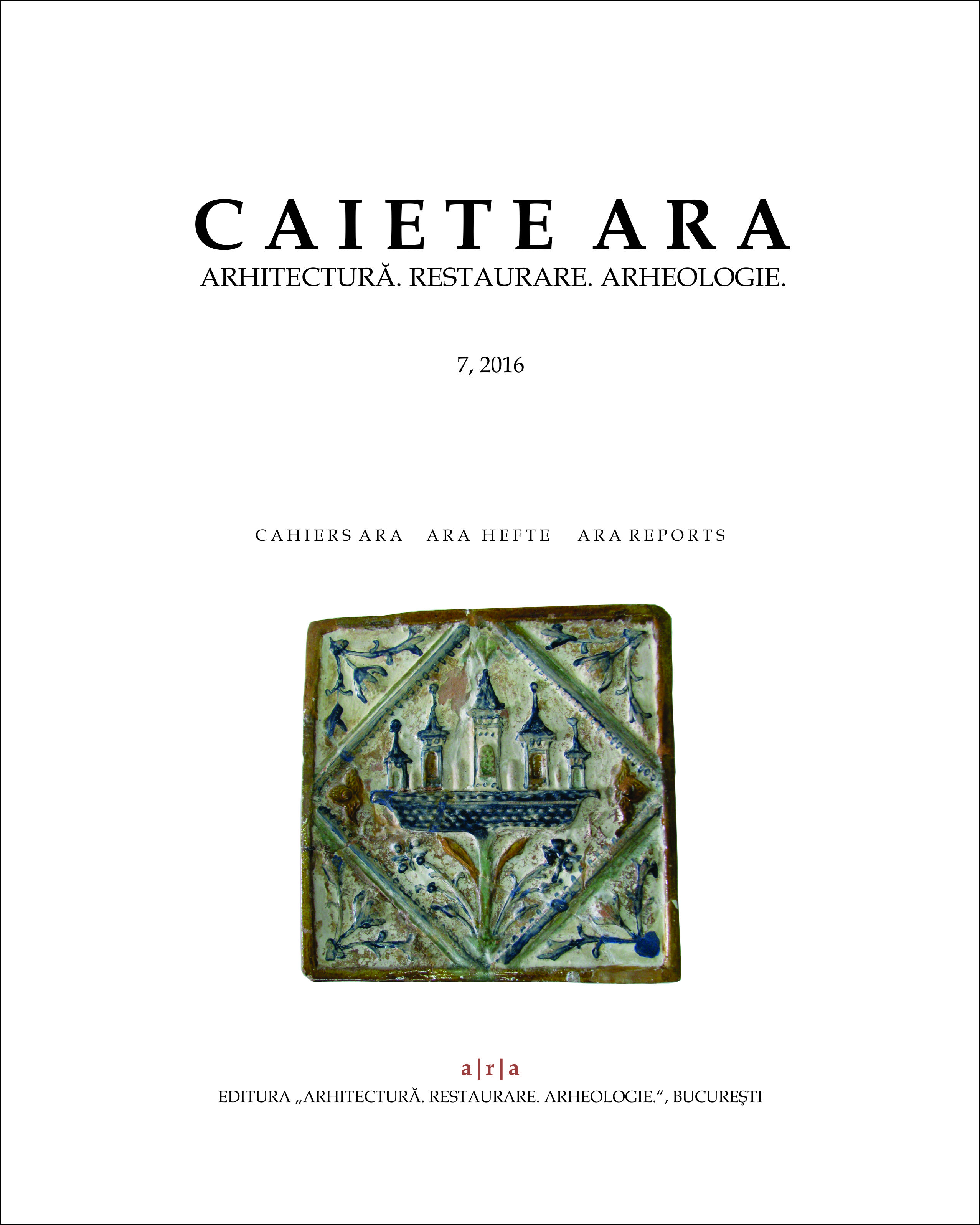Archaeology, memory, and history: the Communist-era ruins at Galeșu/Nazarcea (on the Danube-Black Sea Canal trail)
Archaeology, memory, and history: the Communist-era ruins at Galeșu/Nazarcea (on the Danube-Black Sea Canal trail)
Author(s): Radu-Alexandru Dragoman, Sorin Oanță-Marghitu, Tiberiu Vasilescu, Mihai Ștefan Florea, Cătălin I. NicolaeSubject(s): Archaeology, Ancient World
Published by: Editura "Arhitectură. Restaurare. Arheologie"
Keywords: archaeology;memory;forced labour camp;communist period;modernity;Romania
Summary/Abstract: The article presents the results of the archaeological research carried out in 2012, 2014 and 2015 at Galeşu/ Nazarcea (Poarta Albă commune, Constanţa County), in an area where, according to the information provided by several former political prisoners and locals, there once was a forced labour camp on the line of the Danube-Black Sea Canal. This endeavor started from the premise that the ruins of the former labour camp are part of the material memory of the communist concentration camp system and the period that followed, the archaeological research of which can contribute, along with other forms of memory (historical sources, memoirs, etc.), to a more nuanced understanding of a segment of Romania’s recent past. The main objective of the archaeological research was to unearth the memories contained by the site and the surrounding landscape. A preliminary study regarding the public gain from the valorisation of this material memory was also taken into consideration.The excavations in September 2014 have revealed a rectangular construction 25.20 m long and 7.80 m wide, with its inner space divided into several areas: a floor drain and traces of a cap from a washing unit (a sink, bathtub or shower), a brick floored room, a cellar, and a water reservoir. Another structure was excavated in October 2015. Of considerable dimensions (25x9 m), the building displays different characteristics. Eight sondages were made, from which the construction techniques were identified: foundation dumps filled with cement mixed with rocks, layered on a footing made from boulders of considerable dimensions, which became the base of the mortar held brick walls. The building had several inner walls. The floor layout was different, possibly in relation to the use of the rooms, with a board flooring, a thick layer of bitumen or an extremely brittle cement screed. On one of the long sides there were two entrances marked by access stairways. In the context of an existing slope, three of the corners of the building seem to have been consolidated through a system of stairs cast onto a pile of rocks. Other three sondages were made in order to check if a structure (C19) was indeed a building or a simple cone formed by collapsing earth. Along with these buildings other structures have been documented which belonged to the former labour camp, as well as the ruins of the subsequent period: industrial ruins, dikes, basins, enormous earth dumps, etc. To complete the data, information was collected from people living in the area, including a witness from the period the labour camp was in use. The moment of the construction and functioning period of the forced labour camp constitutes a prophetic time for the communist landscape that followed. Removing the apparently natural landscape, the archaeological research has documented the naked image of the modernist project – a secularized, anthropocentric Genesis whose existing claim is founded on the successive ruining of the different social engineering projects. Based on the obtained results we would like a more ample research and capitalization strategy to be adopted, which should include not only the former labour camp at Galeşu and its surroundings, but as many of the ruins associated to the project of building the Danube-Black Sea Canal as possible.
Journal: Caiete ARA
- Issue Year: 2016
- Issue No: 7
- Page Range: 201-225
- Page Count: 25
- Language: English
- Content File-PDF

